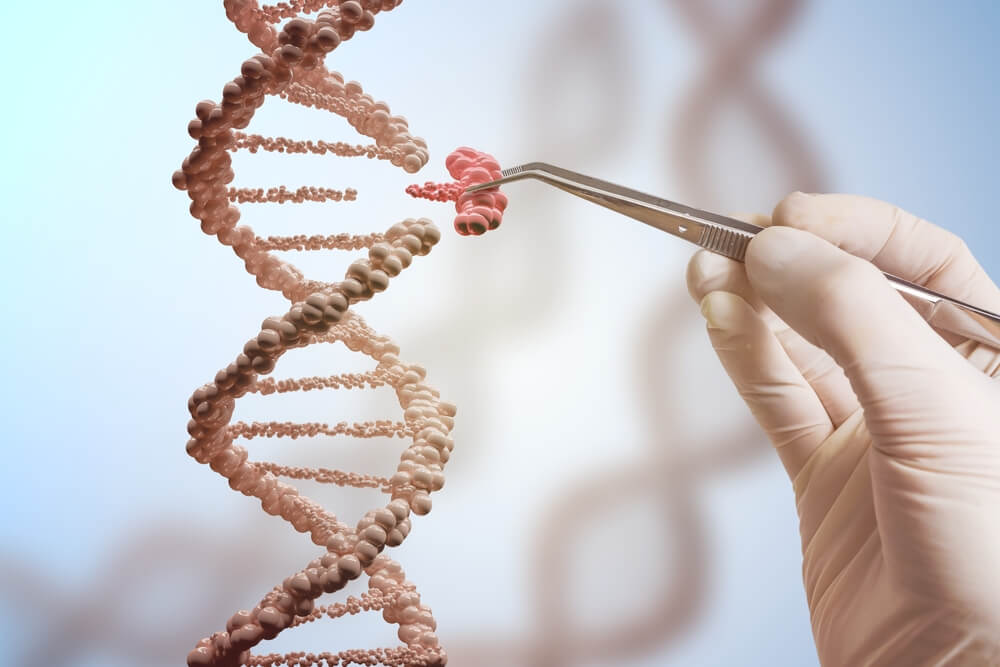Citation: Mancilla, E., Avila-Casado, C., Uribe-Uribe, N., Morales-Buenrostro, L. E., Rodríguez, F., Vilatoba, M., … & Alberú, J. (2008). Time-zero renal biopsy in living kidney transplantation: a valuable opportunity to correlate predonation clinical data with histological abnormalities. Transplantation, 86(12), 1684-1688.
Introduction
In this study, they analyzed histologic characteristics of kidney biopsies obtained at the time of living-donor kidney transplantation (time zero renal biopsies) using the Banff criteria. Currently, accepted donor selection practices may not identify all donors at potential risk for future morbidity. Despite properly followed guideline criteria for donor selection (1 –3), current reports have identified unsuspected renal pathology (4 –6) at pre-implantation or time-zero biopsy (T0-RBx). Furthermore, it offers a unique opportunity to evaluate the effect of renal histological abnormalities detected at the moment of kidney donation on the long-term glomerular filtration rate (GFR), blood pressure, proteinuria, and renal failure development.
Kidney transplant databases from Instituto Nacional de Cardiología ICh and Instituto Nacional de Ciencias Me ́dicas y Nutricio ́n SZ were retrospectively reviewed. This study included all T0-RBx performed in live kidney donors from 2000/2004 up to December 2007 in both the centers. Donors with age less than 65 years, blood pressure under 140/90 mm Hg on two or more determinations in the absence of antihypertensive treatment, total urinary protein excretion below 250 mg/24 hr, and albumin excretion rate under 30 mg/24 hr, without microhematuria, and creatinine clearance (CrCl) more than 80 mL/min were included in the study. However, donors with history of repeated urolithiasis or those with a single event but with risk for additional episodes were excluded. Clinical and laboratory information was obtained from medical records. Variables included demographic factors, body weight, body mass index (BMI), blood pressure, serum creatinine (SCr), proteinuria, and eGFR by the modification of diet in renal disease (MDRD) formula.
Each biopsy sample were evaluated for the presence of interstitial fibrosis (IF), tubular atrophy (TA), arteriolar hyalinosis (AH), mesangial increase (MI), and glomerulosclerosis (GS).
Two hundred nineteen (n=299) T0-RBx were analysed and 54.4% biopsies had abnormal findings such as, IF in 29%, TA in 13%, MI in 12%, AH in 10%, and GS in 10%. IF correlated to age (r=0.22, P=0.001) and SCr (r=0.19, P=0.005); TA to diastolic BP (r=0.15, P=0.03) and proteinuria (r=0.20, P=0.009); AH to SCr (r=0.15, P=0.02) and eGFR (r=0.16, P=0.018. Multivariate analysis failed to sustain the significant associations found on bivariate analysis, most likely due to a low event and the sample size.
Critique
The title “Time-zero renal biopsy in living kidney transplantation: a valuable opportunity to correlate pre-donation clinical data with histological abnormalities’’ accurately summarizes the key focus of this retrospective study by Mancilla et al.
In this study, 54.3% of these donors showed single or combined abnormal findings such as, IF, TA, AH, MI, and GS. Majority of these histologic findings can be categorized as mild. when they categorized the donor population according to the presence or absence of these T0-RBx findings, and compared their clinical/biochemical characteristics, systolic and diastolic blood pressure, SCr, and proteinuria were significantly different and it was subtle. Age and gender had a trend toward the statistical significance. The most frequent abnormal finding presented in this study was IF among 29% of biopsies and it correlated with age and SCr as others have previously reported. This study has empathized that, adding histologic information at the time of kidney donation to the historically considered variables along with the metabolic and cardiovascular risk factors developed during life will contribute to a better understanding of the factors representing a risk for low GFR after donation among kidney donors.
Limitations of this study are the lack of a strong correlation of abnormal pathology with clinical parameters may be due to a small sample size and a low event relation may cause inability to use multivariate approach. They estimate those associations with a larger sample size.
Conclusions
In conclusion, this retrospective study by Mancilla et al. provides valuable insights into the usage of T0-Bx to identify histological abnormalities in kidney donors and its correlation with pre-donation clinical characteristics. Although they did not detect strong correlation of abnormal pathology with clinical parameters, adding histologic evaluation at the time of kidney donation may useful to identify future renal impairments among kidney donors.
Recommendations
Moving forward, it is important to conduct larger prospective studies with long-term follow-up are needed to more definitively evaluate the clinical implications of histological findings on T0-Bx among living kidney donors.
References
1. Delmonico, F. (2005). A report of the Amsterdam Forum on the care of the live kidney donor: data and medical guidelines. Transplantation, 79(6 Suppl), S53-66.
2. Kasiske, B. L., Cangro, C. B., Hariharan, S., Hricik, D. E., Kerman, R. H., Roth, D., … & Weir, M. R. (2001). The evaluation of renal transplantation candidates: clinical practice guidelines. American journal of transplantation: official journal of the American Society of Transplantation and the American Society of Transplant Surgeons, 1, 3-95.
3. Pham, P. C. T., Wilkinson, A. H., & Pham, P. T. T. (2007). Evaluation of the potential living kidney donor. American Journal of Kidney Diseases, 50(6), 1043-1051.
4. Rea, D. J., Heimbach, J. K., Grande, J. P., Textor, S. C., Taler, S. J., Prieto, M., … & Stegall, M. D. (2006). Glomerular volume and renal histology in obese and non-obese living kidney donors. Kidney international, 70(9), 1636-1641.
5. Stegall, M. D., Ramos, E. J., Lager, D., Larson, T. S., Taler, S. J., Heimbach, J. K., … & Textor, S. C. (2006). RULING OUT OCCULT RENAL DISEASE IN LIVING KIDNEY DONORS: EVIDENCE FROM TIME ZERO BIOPSIES. Transplantation, 82(1), 788.
6. Narins, S. C., Dube, G. K., Cohen, D. J., Crew, R. J., Ebcioglu, Z., Nasr, S. H., … & Ratner, L. F. (2007, May). Are normal kidneys normal? unsuspected renal histopathology among living kidney donors despite comprehensive pre-operative evaluation. In American Journal of Transplantation (Vol. 7, pp. 170-170). 9600 GARSINGTON RD, OXFORD OX4 2DQ, OXON, ENGLAND: BLACKWELL PUBLISHING.
![]()

